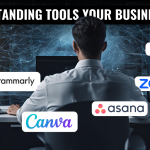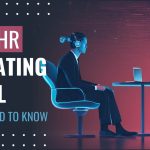Here are the best AI tools that ensure employee wellbeing and work-life balance, which organizations can utilize to establish a happy and efficient work culture.
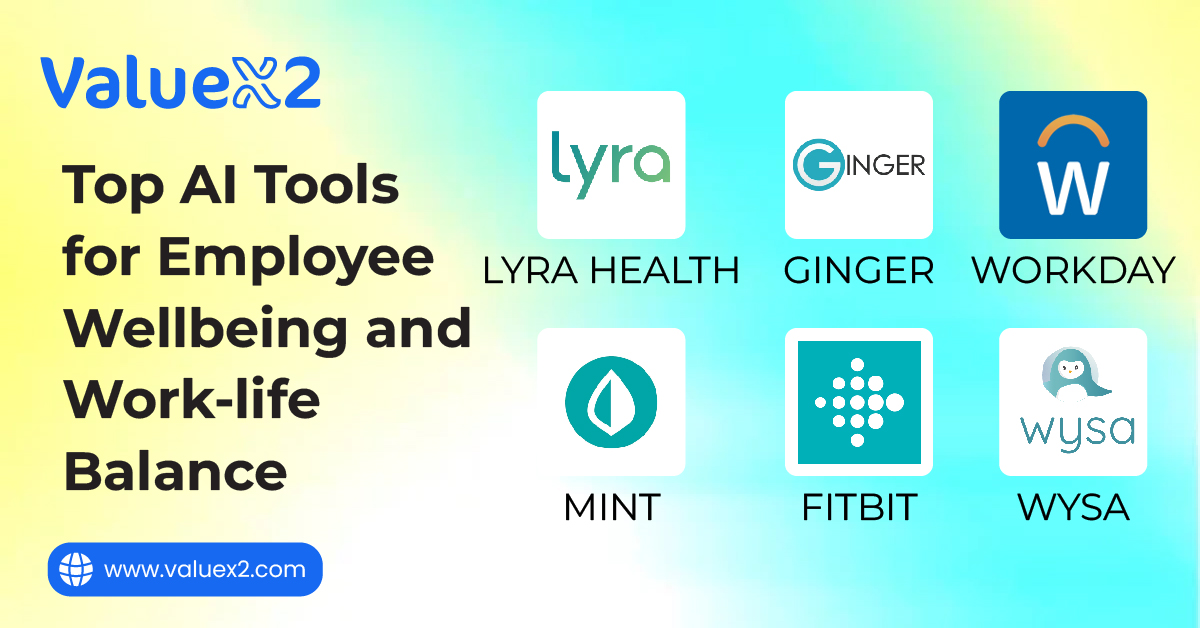 An environment where employees work and feel valued, supported, and empowered is no longer a dream. Organizations that have achieved this exist. Such organizations are equipped with the tools and resources needed to succeed. Consider doing personal research, you will find that the employees in such organizations can maintain a healthy balance between work and their personal life. Thank you Artificial Intelligence (AI)! Why are we thanking AI? Read on, you’ll get to know by yourself.
An environment where employees work and feel valued, supported, and empowered is no longer a dream. Organizations that have achieved this exist. Such organizations are equipped with the tools and resources needed to succeed. Consider doing personal research, you will find that the employees in such organizations can maintain a healthy balance between work and their personal life. Thank you Artificial Intelligence (AI)! Why are we thanking AI? Read on, you’ll get to know by yourself.
Why Employee Wellbeing and Work-Life Balance Matter
Are you part of an organization? Do you know how crucial a healthy work-life balance and happy employees are to a company? Together, we can comprehend the significance of AI development before we take you on this adventure. In 2023, the Society for Human Resource Management (SHRM) conducted a study and reported that 74% of employees reported feeling worn out and unmotivated. This resulted in a drop in production. However, the problems don’t stop there; they can also lead to greater rates of employee turnover and increased absenteeism inside the company.
So, for an employer to avoid such challenges, they must prioritise employee wellbeing. They will notice a jump in employee engagement, higher retention rates, and a happier, more productive staff.
What is AI and How is it Helping?
AI is a well-structured and developed intelligence machine that can perform specific human functions making it simpler to achieve the end results of the function, for better understanding, here is a guide for you. So, you may be asking yourself, how does AI impact the realm of employee wellbeing and work-life balance? Below, are the top AI tools that revolutionize how companies support their workforce by transforming HR strategies and empowering employees.
Top AI Tools Championing Employee Wellbeing
1. Lyra Health
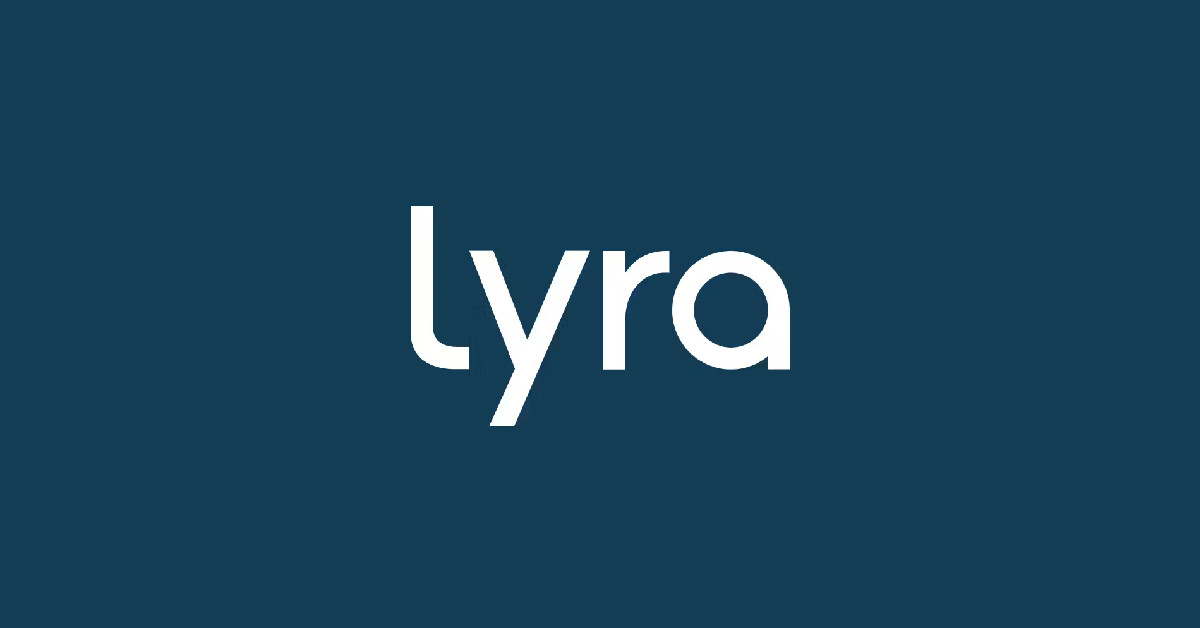 Lyra Health is an AI-driven tool that provides mental and behavioural care for employees. This tool analyzes data (roles at work, demographics, and self-reported well-being) to come up with the desired most appropriate response. For example, Lyra can recommend mental health resources, therapy, coaching, and medication management. Employees have unique needs; the individual focus of AI tools allows them to address the different needs.
Lyra Health is an AI-driven tool that provides mental and behavioural care for employees. This tool analyzes data (roles at work, demographics, and self-reported well-being) to come up with the desired most appropriate response. For example, Lyra can recommend mental health resources, therapy, coaching, and medication management. Employees have unique needs; the individual focus of AI tools allows them to address the different needs.
Further, it can also integrate with employee assistance programs (EAPs), simplifying the ability of companies to provide thorough mental health support. Isn’t that enough reason to make Lyra Health your top tool for promoting employee well-being?
2. Ginger
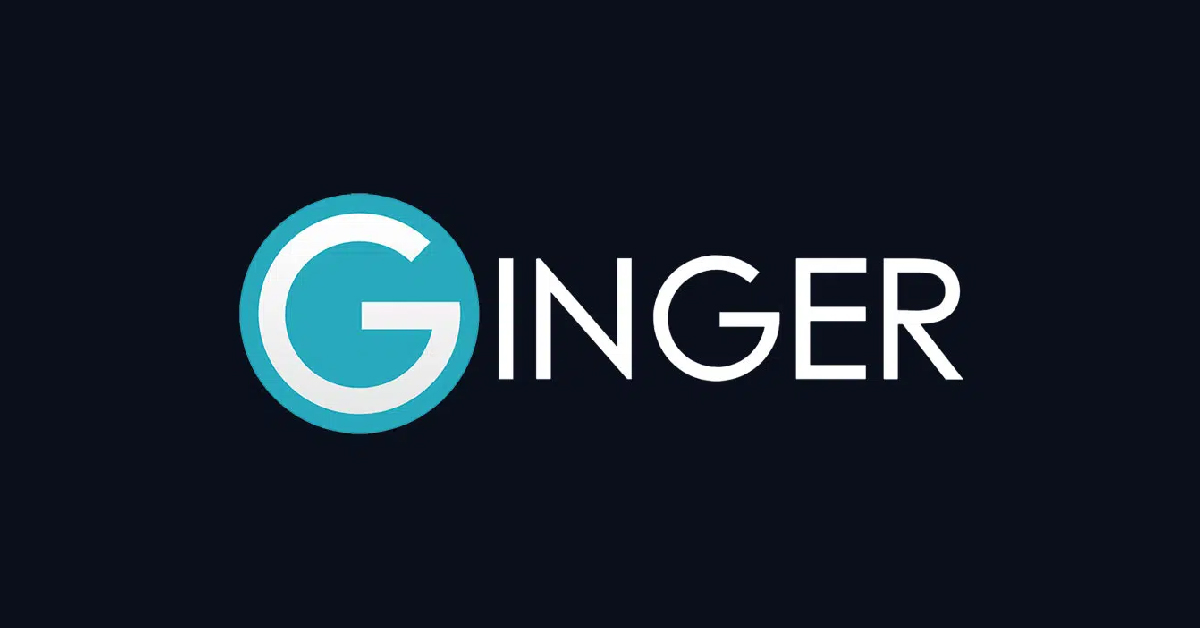 This is a tool that incorporates natural language processing to understand employee conversation and pick out potential signs of stress, depression, or even anxiety. Detecting such issues early in an employee’s work life enables the organization to control the rate of occurrence of more serious mental health-related problems.
This is a tool that incorporates natural language processing to understand employee conversation and pick out potential signs of stress, depression, or even anxiety. Detecting such issues early in an employee’s work life enables the organization to control the rate of occurrence of more serious mental health-related problems.
Ginger does not rest; it offers 24/7 access to mental health support services that include text-based coaching and video therapy sessions. For sure Ginger is a must-have tool for most organizations. It is a useful tool that can preserve employee mental health because of its proactive approach and accessibility.
3. WYSA
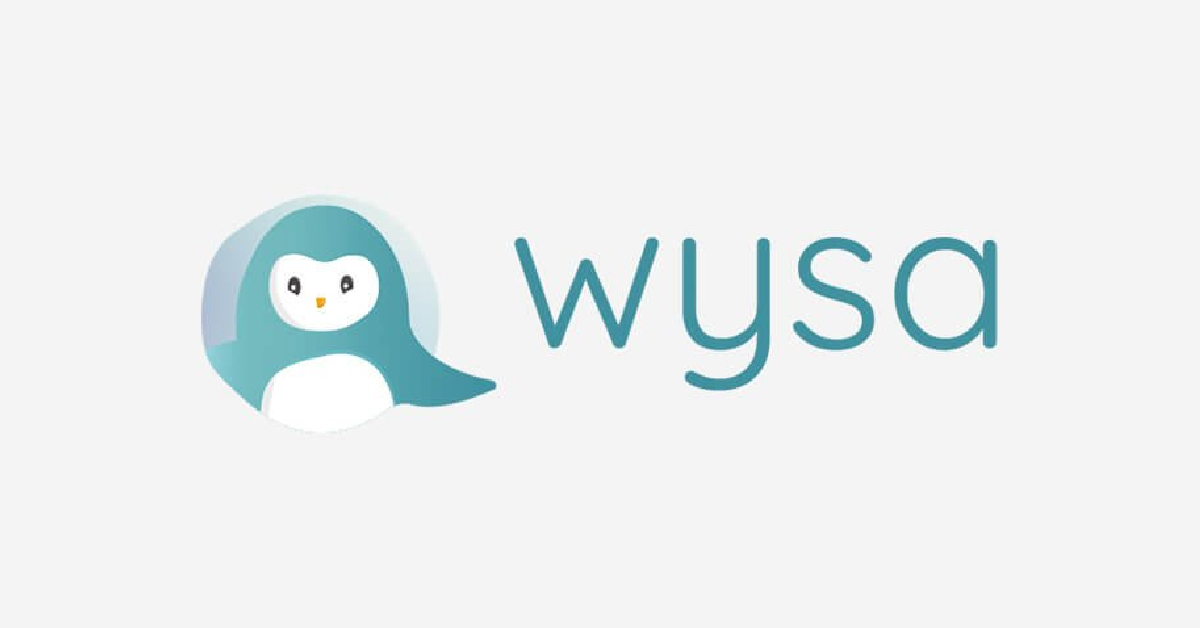 WYSA is a chatbot designed to provide mental health support and resources. Employees can interact with this tool and learn more about mental health conditions, gain access to coping strategies, and find support groups. The chatbot has a friendly user interface with a conversational layout making it easy for employees to seek out help without the fear of being overwhelmed.
WYSA is a chatbot designed to provide mental health support and resources. Employees can interact with this tool and learn more about mental health conditions, gain access to coping strategies, and find support groups. The chatbot has a friendly user interface with a conversational layout making it easy for employees to seek out help without the fear of being overwhelmed.
WYSA offers a lot. It has techniques for managing stress, anxiety, and depression, for example; cognitive-behavioural therapy (CBT) and mind-related exercises, this makes it a good tool for building a workplace wellness program.
4. Fitbit
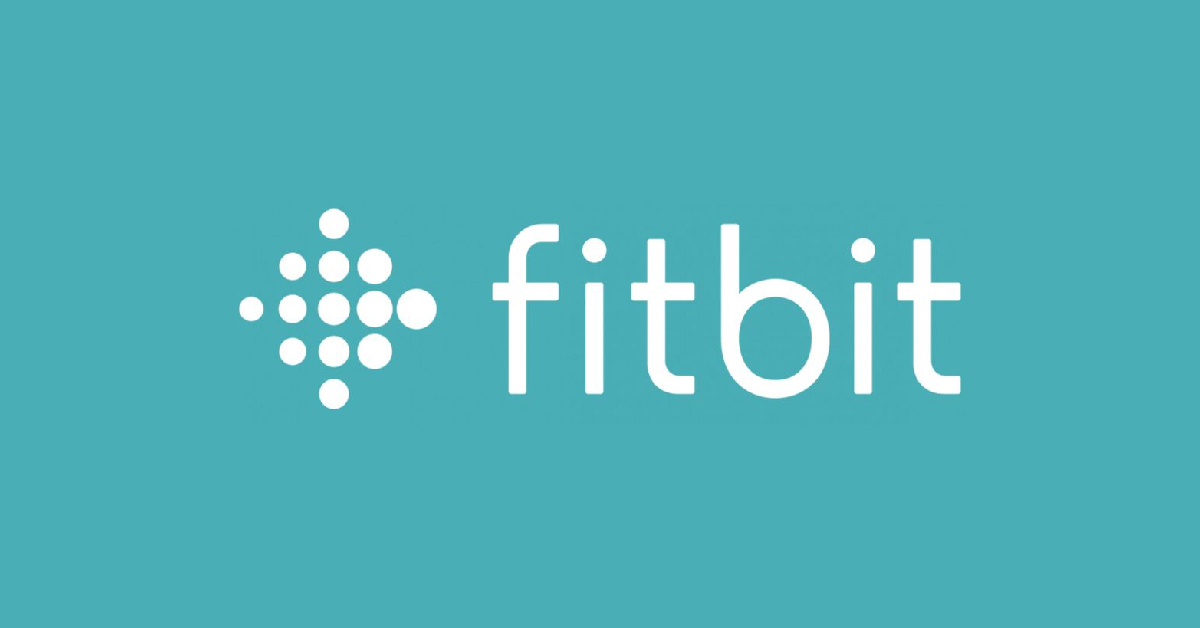 Tools come in different forms, Fitbit, is a famous wearable device that uses AI to track down the activities of its users and provides personalized fitness recommendations. By connecting the Fitbit data with employee wellness programs, an organization can generate fitness challenges, rewards, and coaching to improve physical activity and improve overall well-being. Fitbit has detailed insights on physical activities, sleep, and heart rate for easy tracking of individual fitness goals. Stunningly, it can sync with other health and wellness apps making it versatile for encouraging a healthier lifestyle among workers.
Tools come in different forms, Fitbit, is a famous wearable device that uses AI to track down the activities of its users and provides personalized fitness recommendations. By connecting the Fitbit data with employee wellness programs, an organization can generate fitness challenges, rewards, and coaching to improve physical activity and improve overall well-being. Fitbit has detailed insights on physical activities, sleep, and heart rate for easy tracking of individual fitness goals. Stunningly, it can sync with other health and wellness apps making it versatile for encouraging a healthier lifestyle among workers.
5. Mint
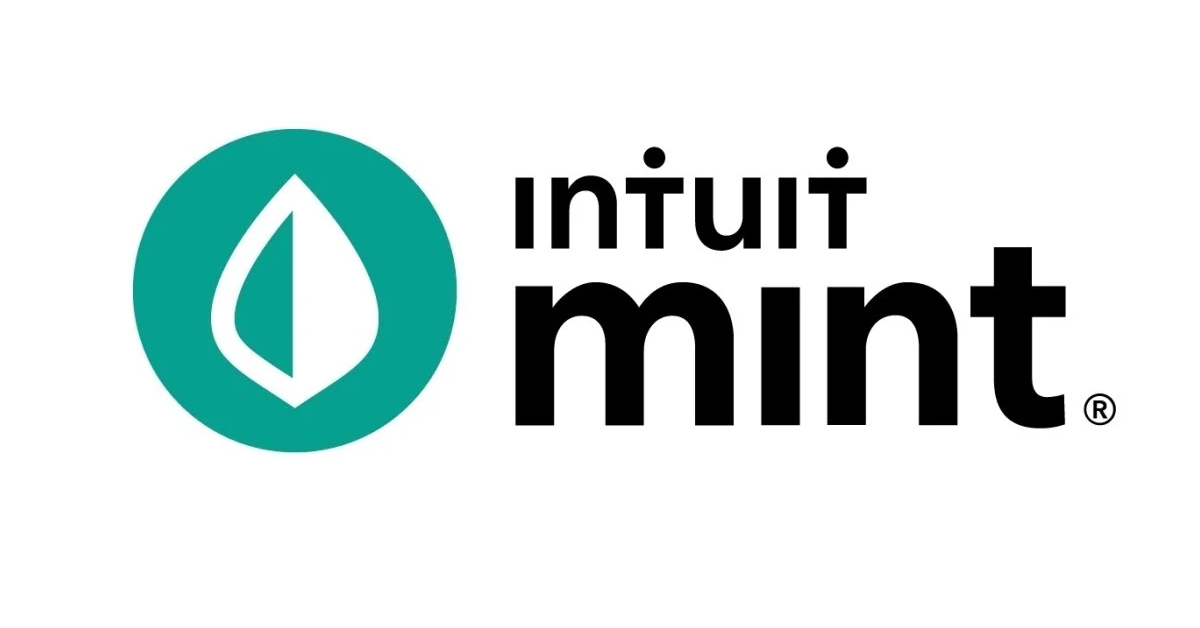 Mint is a super handy personal finance management tool that uses AI to specifically help you keep track of spending. You can also set a spending budget and reach financial goals. When an organization uses Mint and connects it to employee benefits programs, it can provide resources that can be used to lower financial stress and boost employee well-being.
Mint is a super handy personal finance management tool that uses AI to specifically help you keep track of spending. You can also set a spending budget and reach financial goals. When an organization uses Mint and connects it to employee benefits programs, it can provide resources that can be used to lower financial stress and boost employee well-being.
What does Mint offer?
- Offering financial advice
- Alerts for unusual spending
- Tools for managing debts
Due to its user-friendly interface and financial planning features, they make Mint a great friend in enhancing employee financial health.
6. Workday: workload optimization
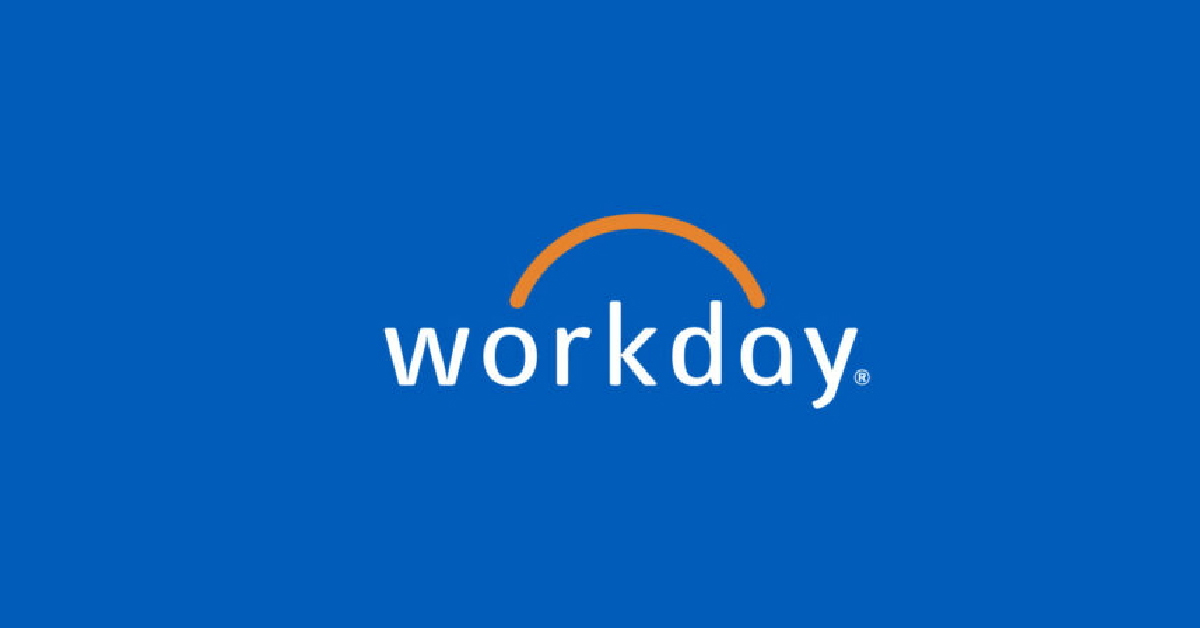 Being a cloud-based human capital management platform, Workday uses AI to analyze employee workloads and identify potential burnout risks. How does Workday help prevent burnout and improve work-life balance? Through optimizing how tasks are allocated among employees and providing tools for time management, yes that’s how!
Being a cloud-based human capital management platform, Workday uses AI to analyze employee workloads and identify potential burnout risks. How does Workday help prevent burnout and improve work-life balance? Through optimizing how tasks are allocated among employees and providing tools for time management, yes that’s how!
Need help turning insights into action? Our deep dive on top AI tools for employee engagement and retention shows how to translate wellbeing data into programmes that keep people thriving.
The Agility Advantage!
We have looked at the power of AI but let us not forget the magic Agility holds. Agile methodologies such as Scrum and Kanban, are changing the game. They have proven to be better options compared to the traditional methodologies. They tend to emphasize flexibility, collaboration, and iterative progress. The agile approach aligns perfectly with the evolution of AI tools and employee needs.
Traditional methodologies, waterfall, are not only linear and rigid, but they also struggle to adapt to the changing needs of the workforce. Check out the Agile vs Waterfall methodology to understand the differences between both and what each has to offer.
Implementing Agile HR practices ensures your organization can:
- React quickly to the evolving demands and preferences of your employees.
- Easily adjust to and incorporate new AI tools.
- Make constant improvements to your HR strategy using feedback and real-time data.
Where AI Meets Agile
Agile frameworks—Scrum, Kanban, and the like—thrive on rapid feedback and continuous improvement. AI adds the missing piece: data-driven foresight. If you’re also upgrading comms platforms, browse our round-up of AI tools for employee communications to keep every voice heard, wherever your teams sit.
Fun fact: As stated in the APA 2025 Work in America Survey, employees who reported being listened to were 3× as likely to report wellbeing scores in the top quartile, showing that a combination of smarter tools plus humane practices truly pays off.
Train with ValueX2 Today
At ValueX2, we have a team of well-trained dedicated instructors who can nurture your Agile qualities and assist you become better. We have an expanded catalogue of well-known agile certification courses that you need to look at. For example, our Agile HR Certification Course can provide knowledge on Agile HR principles and their importance in the present time workplace. Training with ValueX2 ensures you can better your strategic human resource management skills and discover a more adaptable, efficient HR team.
Conclusion
Embracing these AI tools and Agile methodologies can change your HR strategy to foster a work environment that prioritizes employee well-being and work-life balance. Take your time and look at these innovative solutions. You will be able to come up with a supportive and flexible environment that empowers your employees to succeed.
FAQs: Enhancing Employee Wellbeing and Work-life Balance with AI
Q: How can AI improve work-life balance?
AI can improve the work-life balance by trying to address the emotional needs of employees, and managing how tasks are to be allocated and scheduled. By controlling these aspects, then AI will have helped you conquer burnout occurrence and reduce stress as a result of work. The end result will be a good workforce that has achieved a work-life balance.
Q: How is AI used in good health and Wellbeing?
AI technologies enable remote patient monitoring, highly targeted treatment administration, and the assimilation and analysis of vast amounts of medical data when combined with networked equipment. These capabilities improve general health outcomes and contribute to better well-being for all employees.
Q: What is the best AI for HR professionals?
The Effy AI is among the best free AI tools for HR performance management. What does it do? It improves team productivity and engagement through its 360 response and performance capabilities that simplify the worker’s review process.
Q: How can AI improve workplace efficiency?
At the workplace, bringing in AI to help run things, can be of great benefits, such as enhanced productivity and employee engagement. Here’s what AI tends to do:
- Makes the tasks automated
- Offers personal learning
- Provides awareness into morale and efficiency

Bhavna is an Agile Coach and Consultant with 15+ years of experience in advisory, corporate finance, IT assurance, and operations at Big 4 and within the industry in the UK and India. She has recently been the CEO of a start-up where she implemented agile practices within HR, Marketing, and Product teams.
She is also a SAFe® Practice Consultant (SPC) and authorized instructor for ICAgile Agility in HR (ICP-AHR), Agility in Marketing (ICP-MKG), and Business Agility Foundations (ICP – BAF) training courses. She provides training for agile transformation to corporate, public, and private batches, as well as consulting for enterprise agile transformation.

